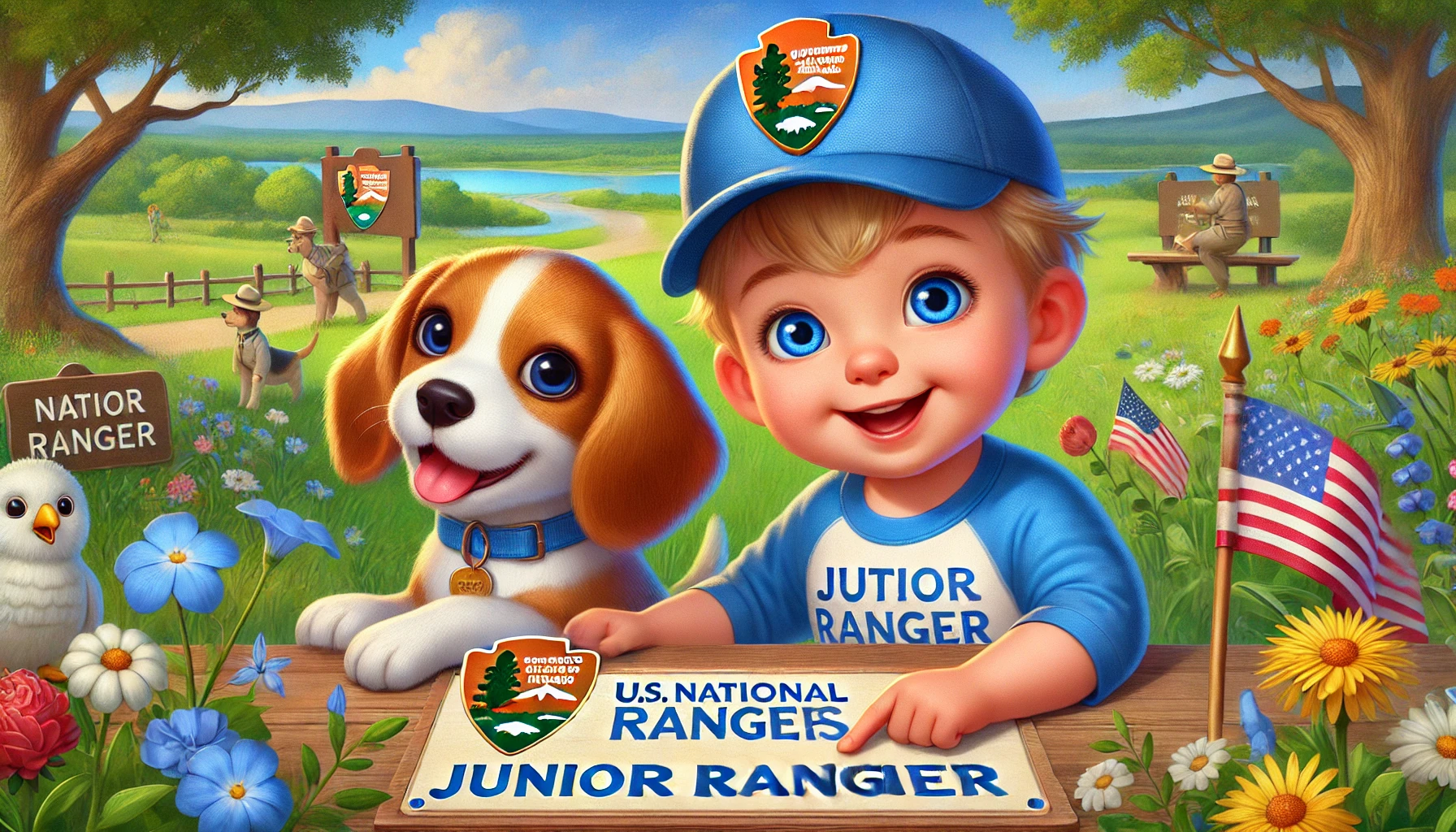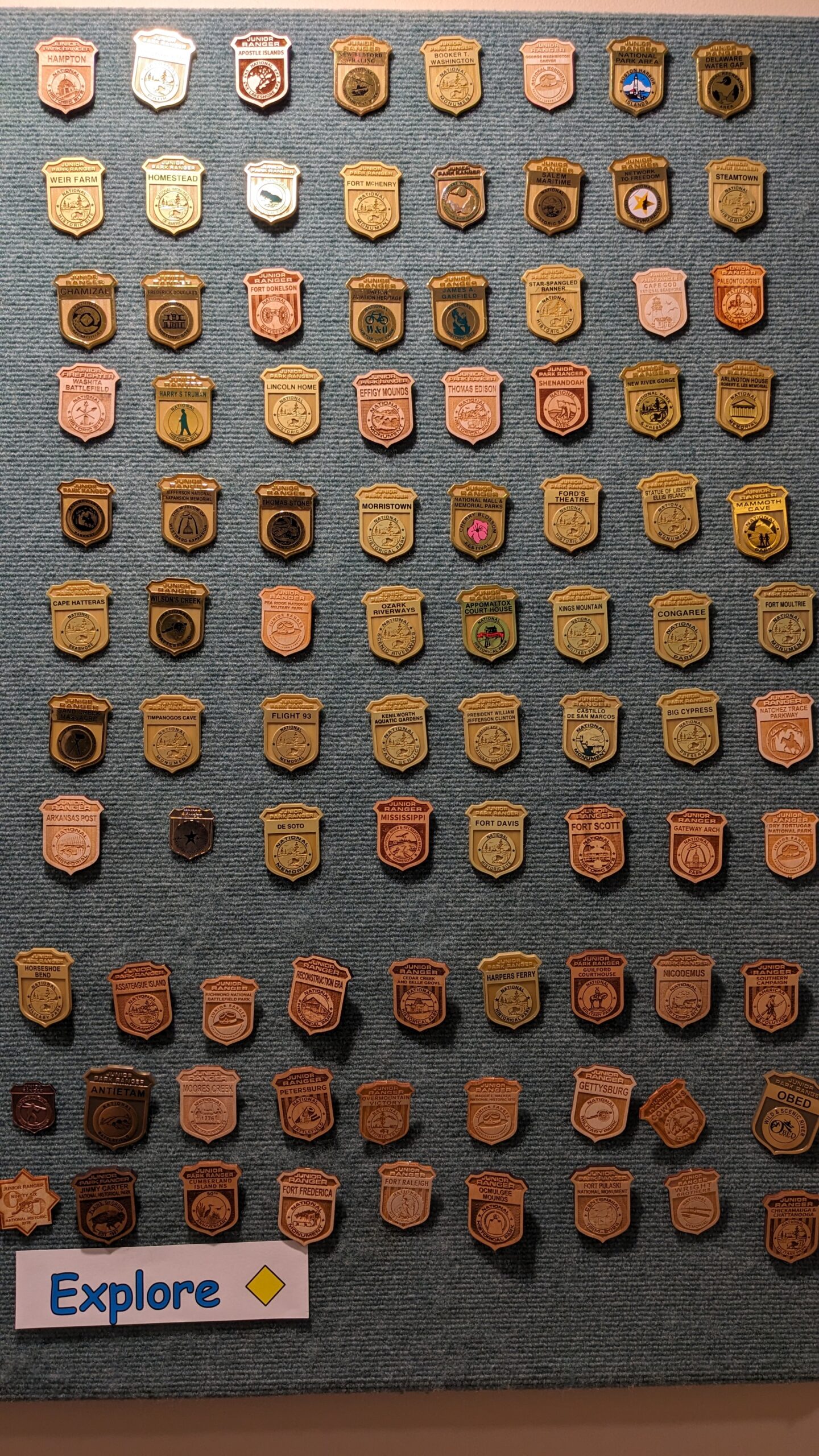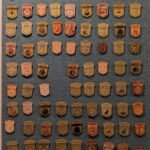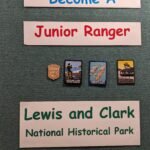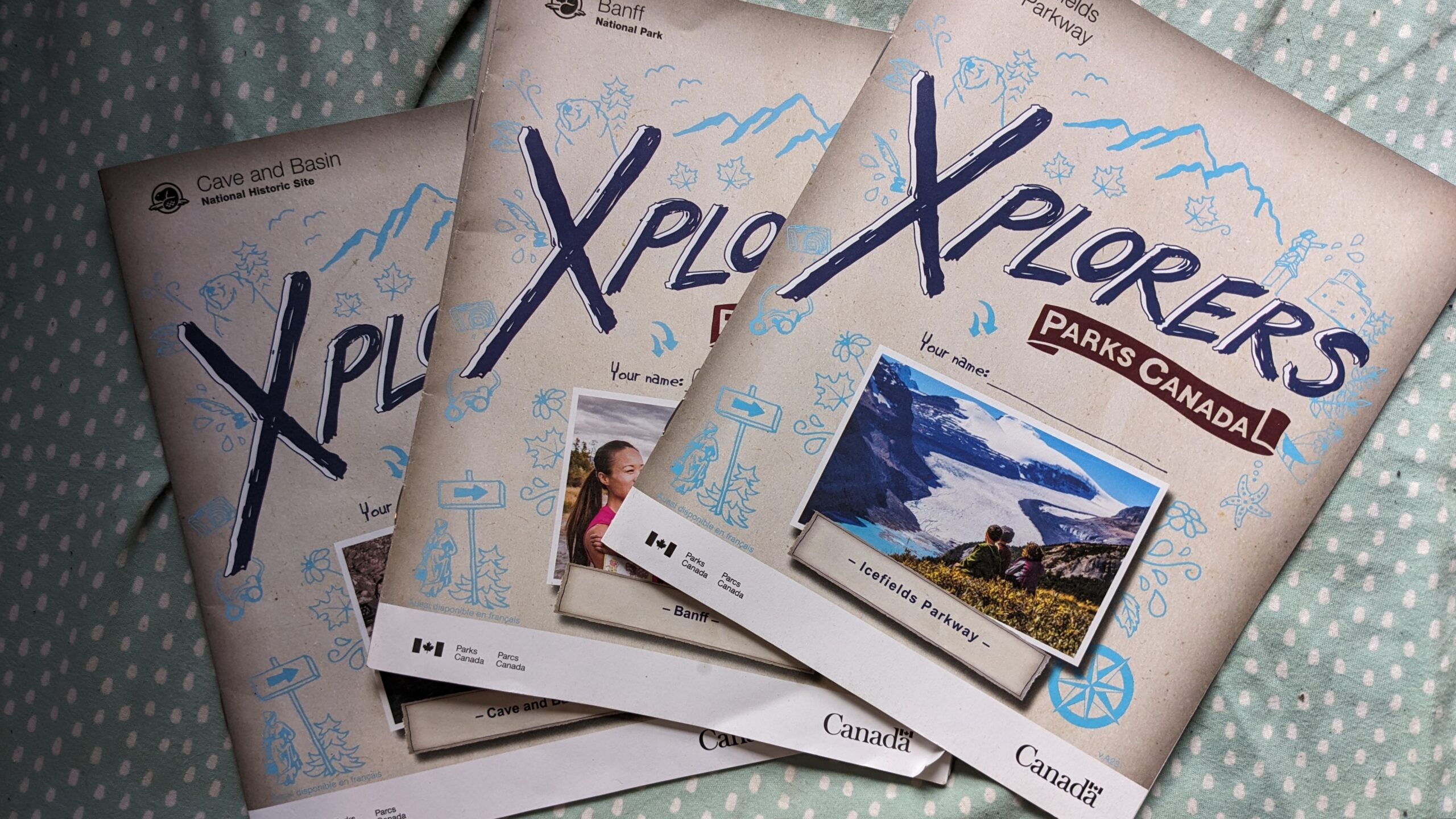Are you eager to introduce your little ones to the wonders of the great outdoors? Look no further than the US National Parks Junior Ranger Program! This innovative initiative allows toddlers and young children to engage with nature in a fun and educational way, fostering a love for the environment from an early age. In this blog post, we’ll delve into the details of the Junior Ranger Program tailored specifically for toddlers, highlighting its benefits and providing tips for making the most of your family’s national park adventure.
What is the Junior Ranger Program?
The Junior Ranger Program is a beloved initiative offered by the National Park Service across the United States. It aims to connect young visitors with the natural and cultural heritage preserved within the national parks. Through a series of age-appropriate activities and challenges, children are encouraged to explore, learn, and protect these treasured landscapes.
Junior Ranger Program for Toddlers
While the traditional Junior Ranger Program is geared towards older children, many national parks now offer specialized activities for toddlers. These programs are designed to be interactive, engaging, and tailored to the unique needs and abilities of young explorers. Here’s what you can expect from a Junior Ranger Program for toddlers:
- Nature Walks and Scavenger Hunts: Toddlers will delight in guided nature walks and scavenger hunts led by park rangers. These activities encourage children to use their senses to observe the world around them, from identifying different plants and animals to listening for the sounds of nature.
- Story Time and Crafts: Story time sessions featuring nature-themed books and storytelling are a hit with toddlers. Afterward, little ones can unleash their creativity through arts and crafts activities inspired by their park adventures. From leaf rubbings to wildlife mask making, the possibilities are endless!
- Hands-On Exploration: Toddlers learn best through hands-on experiences, and the Junior Ranger Program provides plenty of opportunities for tactile exploration. Whether it’s digging for fossils, building miniature habitats, or feeling different types of tree bark, children are encouraged to touch, feel, and interact with the natural world.
- Environmental Stewardship: Even at a young age, toddlers can begin to understand the importance of conservation and stewardship. Through simple activities like picking up litter, planting native flowers, and learning about recycling, children develop a sense of responsibility towards the environment.
Badges, Patches, and Stickers
One of the highlights of the Junior Ranger Program for toddlers is the opportunity to earn badges, patches, and stickers as they complete activities and challenges. These tangible rewards serve as mementos of their park experience and motivate children to engage with the program. Here’s how it works:
- Badges: Toddlers can earn colorful Junior Ranger badges by participating in designated activities and completing age-appropriate tasks. These badges often feature iconic park symbols and wildlife, making them a cherished souvenir of their visit.
- Patches: Some national parks offer Junior Ranger patches that toddlers can collect and display on their clothing or backpacks. These embroidered patches come in various designs, reflecting the unique characteristics of each park.
- Stickers: Stickers are another popular incentive for young Junior Rangers. Children receive stickers as they progress through the program, adding them to activity booklets or creating their own Junior Ranger sticker albums.
Statistics and Impact
The Junior Ranger Program has a significant impact on children and their families. According to the National Park Service, over 800,000 children participate in the Junior Ranger Program annually. This engagement not only fosters a love for nature but also educates the next generation about the importance of conservation. Additionally, a study by the Children & Nature Network found that children who spend time in nature show improved attention spans, reduced stress levels, and enhanced social skills.
Tips for Participating in the Junior Ranger Program with Toddlers
Here are some tips to help you and your little ones make the most of your Junior Ranger experience:
- Plan Ahead: Research the national park you’ll be visiting and familiarize yourself with the activities offered for toddlers. Check the park’s website or contact the visitor center for more information.
- Dress Appropriately: Dress your toddler in comfortable clothing and sturdy shoes suitable for outdoor exploration. Don’t forget hats, sunscreen, and insect repellent to keep them comfortable and protected.
- Bring Supplies: Pack a small backpack with essentials such as water, snacks, sunscreen, a first-aid kit, and any necessary baby gear like diapers and wipes.
- Encourage Curiosity: Allow your toddler to explore at their own pace and follow their interests. Ask open-ended questions to spark curiosity and engage them in conversation about the natural world.
- Capture Memories: Bring a camera or smartphone to capture special moments during your Junior Ranger adventures. Encourage your toddler to take photos or draw pictures to create a keepsake of your park visit.
The US National Parks Junior Ranger Program for toddlers offers a fantastic opportunity for young children to connect with nature, learn about conservation, and create lasting memories with their families. By participating in fun and educational activities tailored to their age and abilities, toddlers can begin their journey as stewards of the environment and lifelong lovers of the great outdoors. So why wait? Start planning your family’s next national park adventure today and ignite your toddler’s passion for nature!
